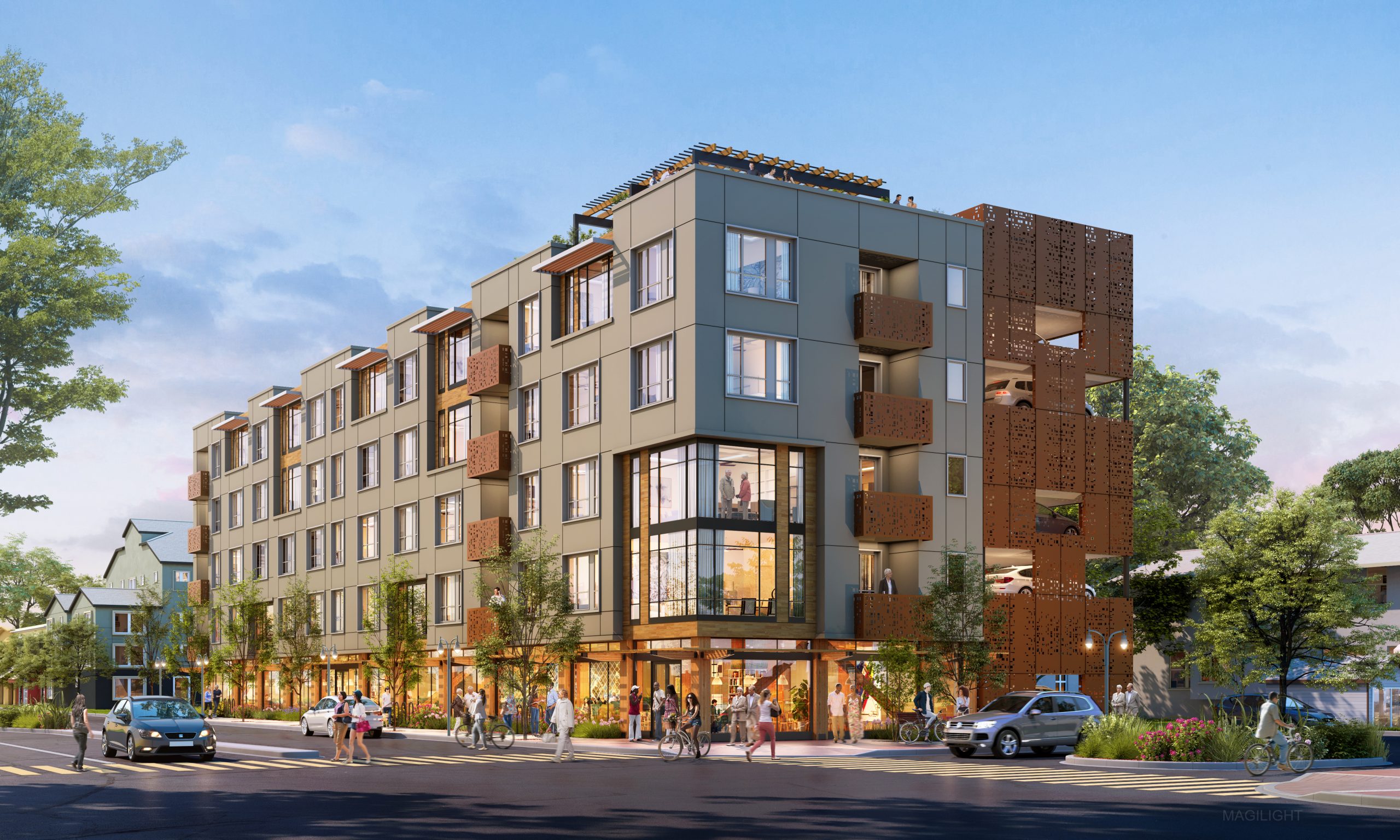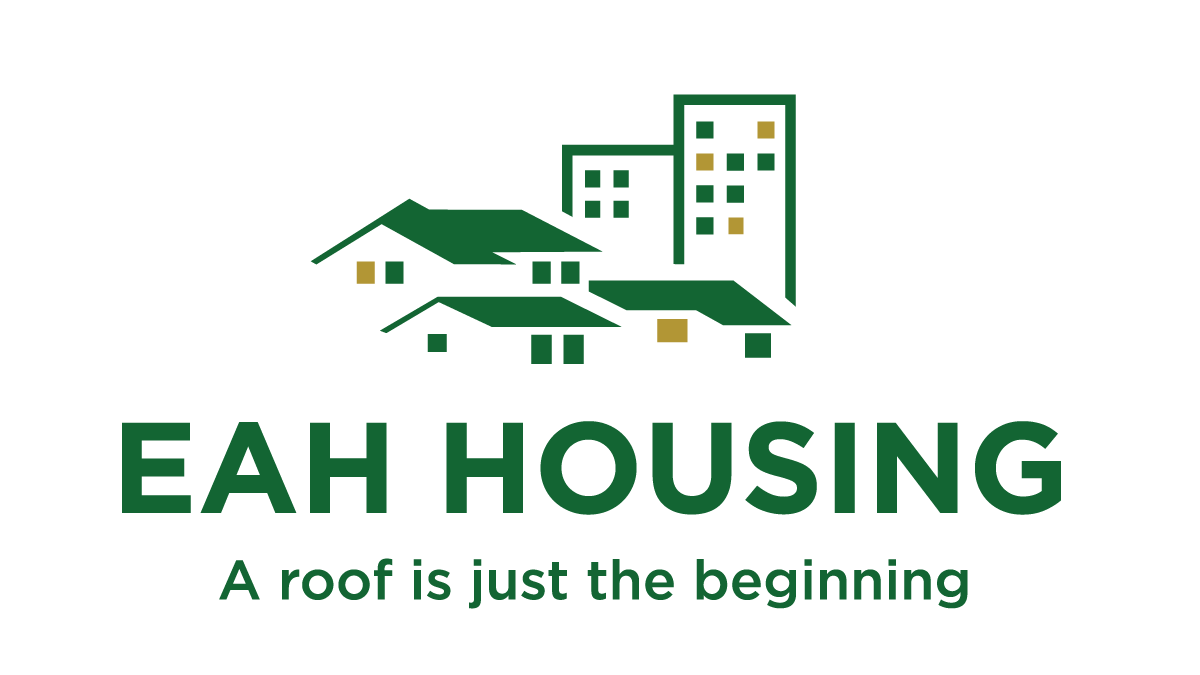
League of California Cities
June 1, 2022 – Like many cities, Emeryville’s housing market is out of balance. The supply does not come close to the demand. Emeryville has roughly 30,000 jobs, but only 12,905 residents. Both are expected to increase in the coming years, especially if the city’s burgeoning research sector continues to grow. Rebalancing that ratio is tricky and will take years to fully realize.
For many years, the Bay Area city was primarily zoned for industrial and commercial use. However, the city has laid a strong policy foundation to correct this, with positive results thus far. Around 1,100 housing units are in the development pipeline. Roughly 35% are classified as affordable, including three 100% affordable projects. In fact, the city has gained widespread attention for its efforts to create a community where people can live, work, and play without ever using a car.
Development bonuses code keeps projects profitable while maintaining local vision
Just like any other city, Emeryville developers must follow a set of design standards, such as height, density, or parking. Builders can exceed those standards under the city’s Development Bonuses code, a point-based system that encourages developers to fund certain amenities in exchange for concessions like greater density or parking.
Half of those points must come from building affordable housing. The city also has an inclusionary housing policy that mirrors its state-mandated housing goals. The policy requires developments with more than 10 units to include a certain number of affordable units.
The remaining points can come from funding community benefits, such as active transportation, parks, free transit, playgrounds, public art galleries, utility undergrounding, or small business assistance — things that make buildings feel like communities. Often, these benefits complement existing public services, including regional public transportation, or allow Emeryville to realize long-time goals, such as a citywide biking and pedestrian pathway.
Once they have enough points, developers are allowed to exceed design standards. The city council then works with residents to determine which nearby projects can be funded with this money. The system helps ensure that developments get funded, residents get the services they need, building standards are met, and citywide goals are achieved.
“It’s all about connecting any individual project to the greater vision for the city, not looking at it as a parcel-by-parcel thing — those are pieces to a greater puzzle,” Emeryville Mayor John Bauters said.
The code also rewards density, which helps keep many projects profitable. Additionally, it helps mitigate any negative impacts on the surrounding community, such as increased traffic.
Jack Ghizzoni has been on both sides of the process, first as a resident and now as one of Emeryville’s planning commissioners. Shortly after moving to the city in 2013, Ghizzoni joined a residents’ association, which successfully advocated for a larger park at a nearby development using the Development Bonuses code.
“It is extremely helpful to have residents articulate what they would like,” Ghizzoni said. “We all live in different neighborhoods and communities. We all should have a role in determining what they look like. It’s not good to just live passively in an environment that you don’t feel happy with, when you do in fact have some input.”
Navigating this process can be delicate and challenging. However, it is also one that can create vibrant, affordable, and sustainable communities.
“These decisions impact people’s lives for decades,” Ghizzoni said. “It’s like a long, slow chess game, where you are really trying to put the pieces together over time and sometimes you are setting up an area so the preconditions are there for other good things to happen.”
Staff, council, and developers march in lockstep
It is not just an innovative municipal code that keeps construction humming. In Emeryville, similar to other cities experiencing a housing construction boom, staff are empowered to expedite permits and approval.
“They all roll in one direction,” said Welton Jordan, the chief real estate development officer for EAH Housing, which is active in the area. “They work with you to try to solve the issues. … Once we receive this funding, we are on the clock to get this housing construction started and finished.”
In an industry where a short delay can turn a profitable project into an infeasible one, such relationships are crucial.
“Something is always going to go wrong, that’s just part of the business,” Jordan said. “You really do need the political support and the staff support to keep the process moving.”
For example, the city once learned that senior citizens have better health outcomes when they have frequent contact with younger people and that children aging out of foster care lacked access to housing. As a result, they approved a development that would house both populations. However, financing it proved difficult. Under prior law, senior housing could only be funded by tax credits if the units were reserved for seniors.
The city worked with the state and developers to pass SB 591 (Becker), which allows affordable housing developers to build housing for seniors and transition-age foster youth using tax credits. The city is now working with EAH Housing to create a 68-unit intergenerational housing project.
Similarly, Emeryville leveraged its housing bonds to help construct Nellie Hannon Gateway shortly after the project plan was approved. The development will be built on a city-owned property. This allowed the developers, Resources for Community Development, to apply for funding they would not have been eligible for.
“The city has committed about $16 million to this project and that is totally foundational to our ability to then leverage that for state and federal funds,” said Jake Rosen, a project manager for the developer. “Without that, we would not have a project.”
In addition to housing low-income families and those experiencing homelessness, the building will also house the Emeryville Citizens Assistance Program, a local nonprofit that provides access to food, counseling, and other vital services.
“It’s making their application easier, which saves us money,” Bauters said. “The state is giving money to the project and the locals get to put the money towards something else.”
Read more HERE.

